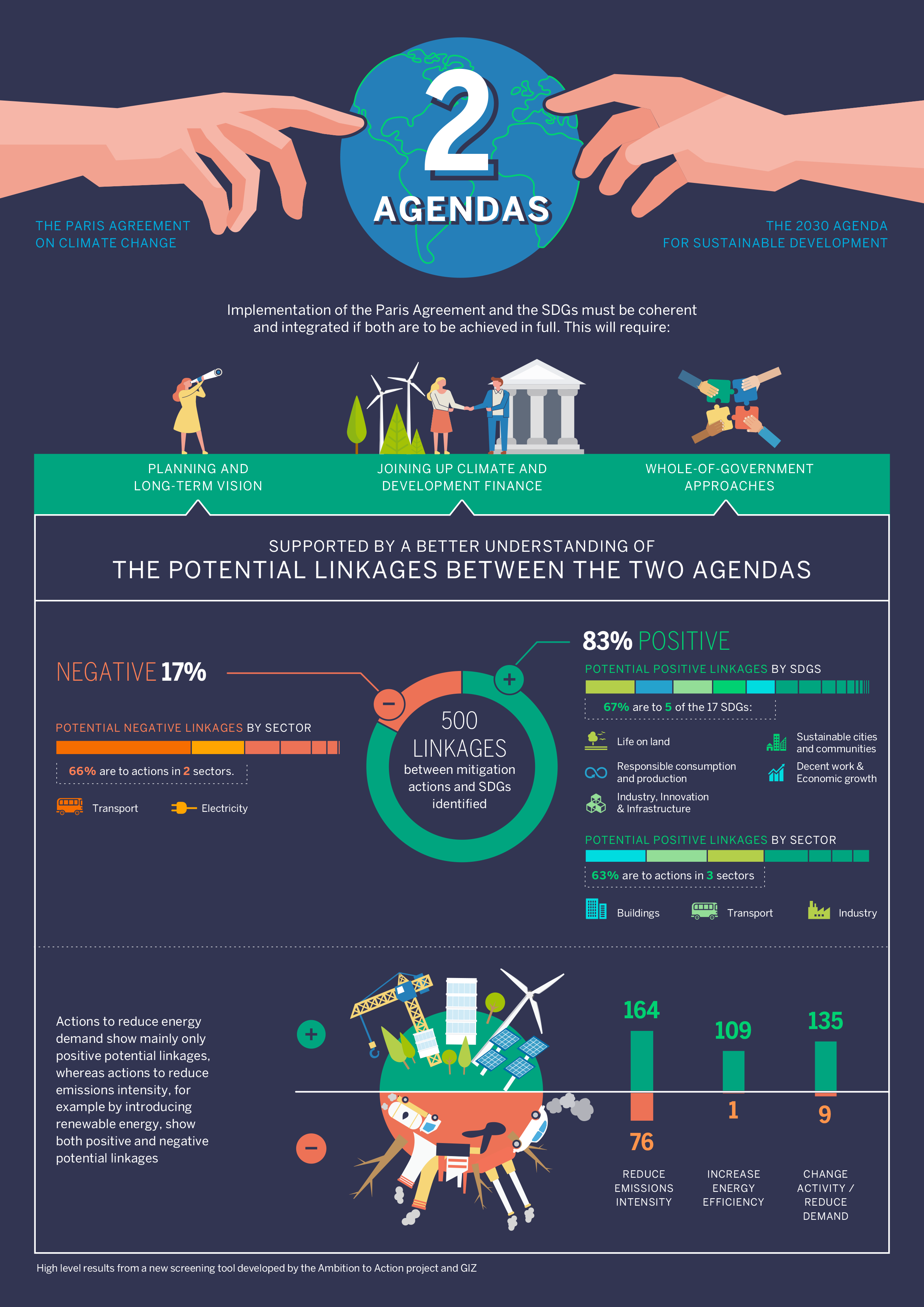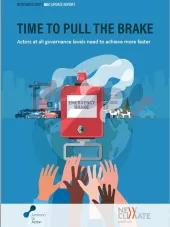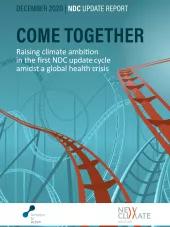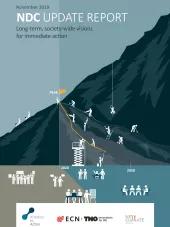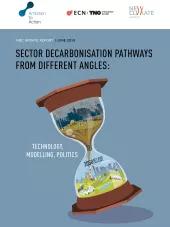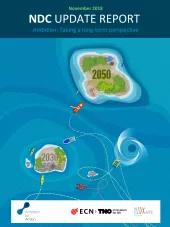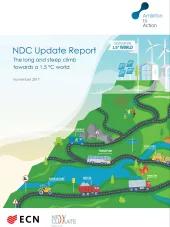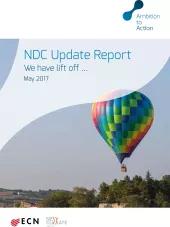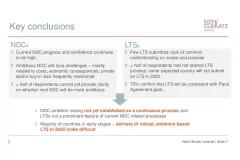In this special edition of the NDC Update Report, we focus on the relationship between Nationally Determined Contributions (NDCs) and the Sustainable Development Goals (SDGs), and explore how climate and development actions can support each other.
Key messages:
2015 was a breakthrough year for climate action and development, with the signing of the Paris Agreement and a global commitment to the 2030 Agenda for Sustainable Development. These challenging and comprehensive global agendas require fundamental rethinking of the way our economies operate and have led to renewed calls for greater integration and alignment between them. Each agenda acknowledges the importance of the other, and there is a clear consensus that full achievement of development goals will not be possible without successful action on climate change, and vice versa. The two agendas are not only deeply intertwined at the international level; their interconnectedness extends down to the level of specific actions. Implementation of measures to reduce Greenhouse Gas (GHG) emissions may lead to impacts – both positive and negative – on development goals. This idea is not new: work on better understanding and thus maximising the ‘co-benefits’ of climate action has been ongoing for several decades, and suggests some very positive relationships between climate goals and social, economic and environmental objectives. Ultimately, successful integration of the two agendas will rest on the coherent design and implementation of actions that maximise synergies between climate and development goals. The adage ‘actions speak louder than words’ applies here too. A number of detailed studies have investigated how specific mitigation and adaptation actions can impact the SDGs. However, few tools are available which highlight and point at potential linkages for practical use to help a diverse set of policymakers develop an initial understanding of where to prioritise actions, to maximise synergies, and understand trade-offs between potentially conflicting policy goals. Chapter 2 presents the SDG Climate Action Nexus (SCAN) tool, developed by ECN and NewClimate Institute in partnership with GIZ and Climate Analytics under the umbrella of the NDC Cluster. The SCAN-tool identifies the linkages between (specific) climate actions and the sustainable development goals at the SDG-target level, with separate tools for mitigation and adaptation. The SCAN-tool details over 500 separate potential linkages between specific mitigation actions and the SDG-targets, of which over 80% represent situations where climate action may positively impact development. One of the strongest messages emerging from analysis of the linkages in the SCAN-tool is that some types of mitigation action lead to almost exclusively positive potential impacts on the SDG targets, and some lead to a mix of positive and negative potential impacts.
Global analysis of linkages between a national NDCs and SDGs using the SCAN-tool.
Identification of linkages at the action level is important, but not the only piece of the puzzle. Chapter 3 explores the relationship between SDGs and NDCs from four different perspectives, through four contributions from the NDC Cluster working groups. The ‘Data and Transparency’ group identifies the challenge posed by the significant amount of resources required to monitor progress on the two agendas simultaneously. Various initiatives are emerging to source and streamline the data, and several countries are considering setting up combined systems. The ‘Financing’ group suggests that when governments focus on mitigation actions with significant development impacts, public money can be used to guide climate investments to where they yield the highest benefits in terms of development and gives some examples of cases where this is already happening. The ‘Political and Institutional Frameworks’ group acknowledges that maintaining policy coherence across all climate and development goals is challenging. Specific challenges include the fact that in many countries the SDG and NDC processes have operated separately to date and that institutional structures around the Paris Agreement and Agenda 2030 are still being established. The ‘Sector Approaches’ group observes that the SDG framework can provide a good starting point for identifying linkages between sector actions and development impacts, and can provide a common language that can aid communication and coordination among sectors and with the national government. Chapter 4 takes a closer look at how the governments of India and The Netherlands coordinate their policies on climate action and sustainable development. Both governments have raised the prominence of climate change in recent years and express interest in development opportunities arising from climate action. The case studies show that there are different ways to organise coordination across government, with different institutions involved, and varying roles and responsibilities, influenced by existing governance structures, and prevailing political priorities. In conclusion, the SDG and NDC agendas are closely connected and must be approached coherently. Understanding the linkages at the action level is key, but there are other challenges and opportunities too. Climate compatible development is a worthy goal and a great challenge. Fortunately, the synergies seem to outweigh the trade-offs, but careful and evidence-based decision-making is required to find the win-wins and avoid the wrong turns.

